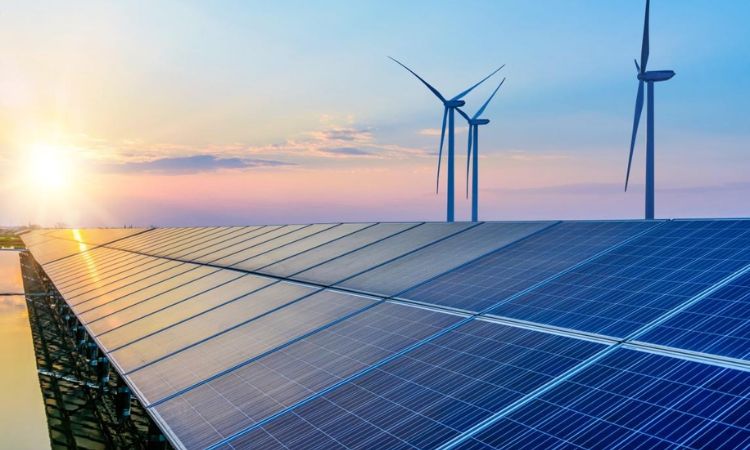According to research released on Monday, US solar contract costs experienced their first quarterly fall in more than three years as difficulties sourcing panel supplies eased and projects enjoyed strong demand associated with President Joe Biden’s historic climate change measure.

A possible turning point for an industry that has battled supply chain interruptions, inflation, and the threat of import tariffs since 2020 may have been reached, according to LevelTen Energy, which monitors renewable energy transactions. The 1% decline in the second quarter from the first quarter, however slight, represents a possible turning point for the sector.
Gia Clark, senior director of strategic accounts at LevelTen, said in an interview that although the decline was not particularly large, it was still nothing to laugh at given the previous three years.
Prices for solar energy increased by 25% from a year earlier.
The index created by LevelTen is based on the prices project developers are willing to pay customers for power purchase agreements, or PPAs. Six North American markets are mentioned in the paper.
As the state legislature debated legislation that would have given fossil fuel power generation precedence over renewable energy sources, prices in the Electric Reliability Council of Texas (ERCOT) market increased 14% during the quarter, defying the overall trend. The majority of the more restrictive plans were defeated.
In sharp contrast to solar energy, wind energy prices increased 13% throughout the same period.
According to Clark, there is a huge demand for wind energy, but it is challenging to establish projects because of drawn-out approval procedures and expensive grid connection fees. Wind rates increased by 24% in the Midcontinent Independent System Operator (MISO) market, which spans 15 states in the center of the nation.















